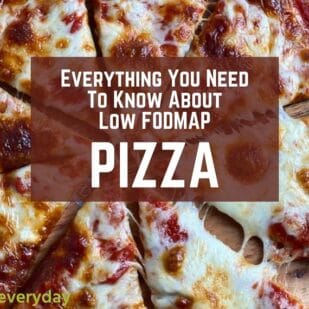FODMAP stands for fermentable oligosaccharides, disaccharides, monosaccharides and polyols, which are short-chain carbohydrates (sugars) that the small intestine absorbs poorly.
Some people experience digestive distress after eating FODMAPs, such as diarrhea, constipation, alternating bouts of both, as well as extreme bloating and abdominal pain. About 1 in 6 people worldwide have irritable bowel syndrome, also known as IBS, yet the low FODMAP diet can reduce or eliminate symptoms in up to 86% of those with IBS.
Here are the top 10 things about the low FODMAP diet that you should know. We are starting with a point that is a bit alarming, but we promise, the overall messaging is positive! Our team at FODMAP Everyday® is here to help you learn to THRIVE on the low FODMAP diet.
1. Incorrect Information Abounds

Unfortunately, the first thing to be addressed is that the low FODMAP diet is very nuanced and complex and there is a plethora of misinformation out there – in books and on the Internet. Do not Google, or ask chat bots and AI to help you with the diet. And do not crowdsource information from lay-people online (like in Facebook groups).
Monash University and FODMAP Friendly researchers developed the diet and their resources are considered primary. There are also educators who are Monash University trained and FODMAP Friendly Accredited. (Those of us at FODMAP Everyday® are both). Vet where you are finding your information.
For example, just because a recipe on Pinterest says it is low FODMAP, does mean that it is.
2. The Low FODMAP Diet Correctly Defined
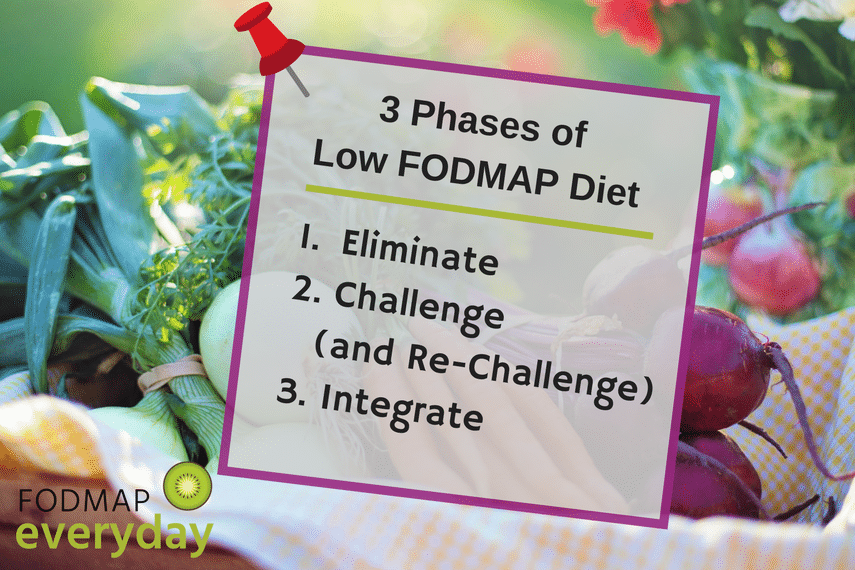
You might read or hear that the low FODMAP diet is a temporary diet and not meant to be long term. This is not completely accurate.
The low FODMAP diet has three phases: Elimination, Challenge, and Integration. The goal of the low FODMAP diet is to have you eating as broadly as possible without triggering your gastrointestinal symptoms.
The final Integration Phase is actually long term. When you hear people – even doctors – say that the diet is meant to be short, they are referencing the initial, brief Elimination Phase, which is an average of 4 weeks long.
Within this topic, we must also mention that diet is not a cure. There is no cure for IBS. The diet is a symptom management system.
3. The Low FODMAP Diet Is Meant to Be Undertaken with a Registered Dietitian

The developers of the low FODMAP diet always meant for it to be undertaken along with a Registered Dietitian (RD), or equivalent in your country. Unfortunately, this message is not getting to the majority of those who are being recommended the diet – or to those self-diagnosing and/or trying the diet on for size.
4. The Low FODMAP Diet Is a Medically Directed Diet

Which leads us to an important point: Do not self-diagnose, and do not decide on your own to try the diet. The low FODMAP diet is a medically directed diet, and will be recommended if you have a diagnosis of IBS from a medical doctor, or for a few other medically related reasons.
IBS is not deadly, but there are diseases and medical syndromes that are that mimic IBS. A medical doctor will screen you properly in order to come to an IBS diagnosis.
By the way, did you know that there are 4 subtypes of IBS? And depending on your specific diagnosis, your approach to the diet will vary. Very often doctors do not help with the specificity of the diagnosis, but dietitians do.
5. The Low FODMAP Diet Can Improve Your Quality of Life

The low FODMAP diet can improve your quality of life by reducing abdominal pain, bloating, gas, diarrhea and constipation. Many people can stop taking medications and discover that they can go to work, parties and live their everyday life symptom-free.
6. Not One Size Fits All

The low FODMAP diet is not a one-size-fits-all approach. Each of us brings a unique medical and lifestyle picture to the table, and your Registered Dietitian will structure the right approach for YOU.
This is also why asking how other folks are navigating the diet, on social media and elsewhere, is not a good idea. The approach they are taking could actually make your symptoms worse.
7. The Low FODMAP Diet is Not Gluten-Free or Dairy-Free
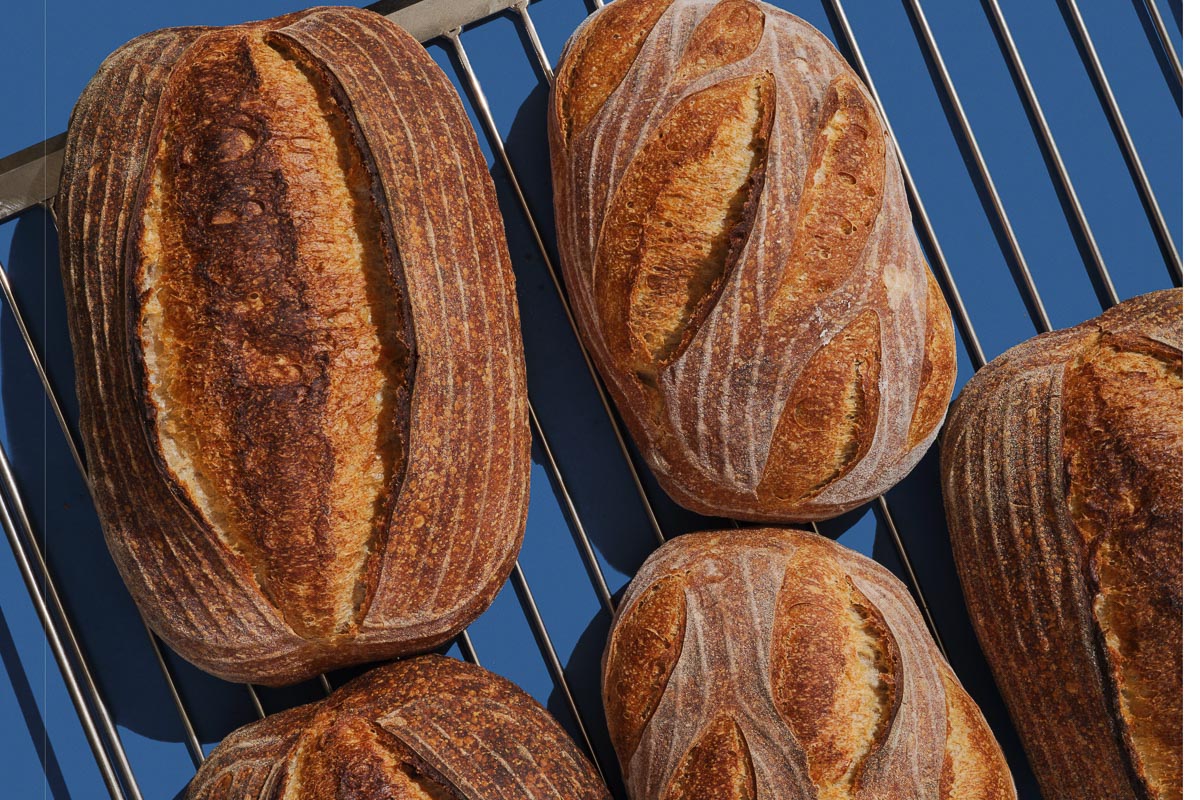
Remember we said misinformation abounds? Many people are under the mistaken impression that the diet is gluten-free and dairy free. This is not true.
The confusion stems from the fact that fructans, which are a FODMAP, are within wheat, and of course so is gluten. But it is the fructans that you want to reduce. Our articles How To Choose Low FODMAP Bread, and The Low FODMAP Diet is Not Gluten-Free explain more.
Then, there is confusion about the difference between dairy foods, and ones that contain lactose. There are indeed lactose-free dairy products, such as many firm cheeses, such as cheddar, mozzarella, Parmesan and more. Our articles Is Cheese Low FODMAP? and Lactose, Dairy & the Low FODMAP Diet explain this topic more thoroughly.
You can have wheat products and dairy products on the low FODMAP diet, even during the Elimination Phase.
8. Fats & Proteins Contain No FODMAPs!
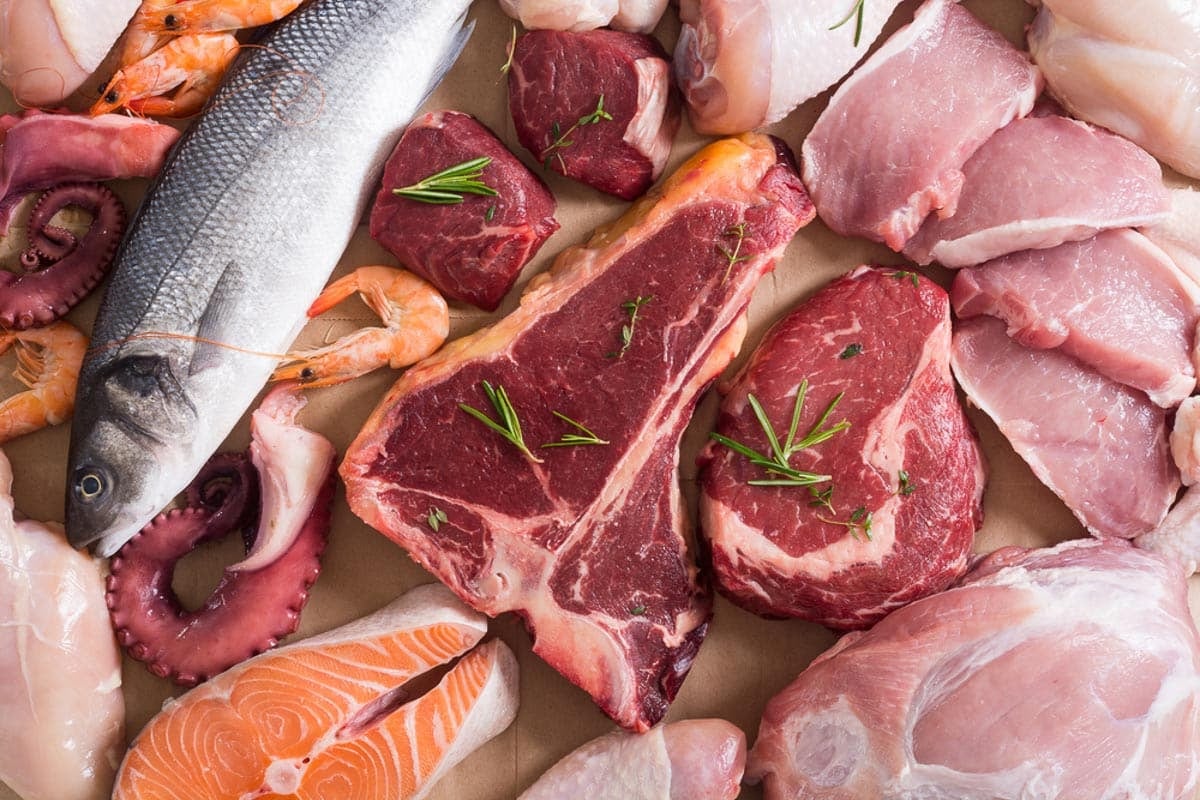
Here’s some great news that’s even easy to remember! Because FODMAPs are carbohydrates, any 100% oils (such as, but not limited to, vegetable oil, canola, olive, avocado, peanut, safflower, and coconut) contain no FODMAPs!
Similarly, any pure proteins contain no FODMAPs, such as a nice beef filet, chicken, fish, shellfish, and eggs.
Read more in our article, No FODMAP Foods.
9. FODMAPs Are Water Soluble
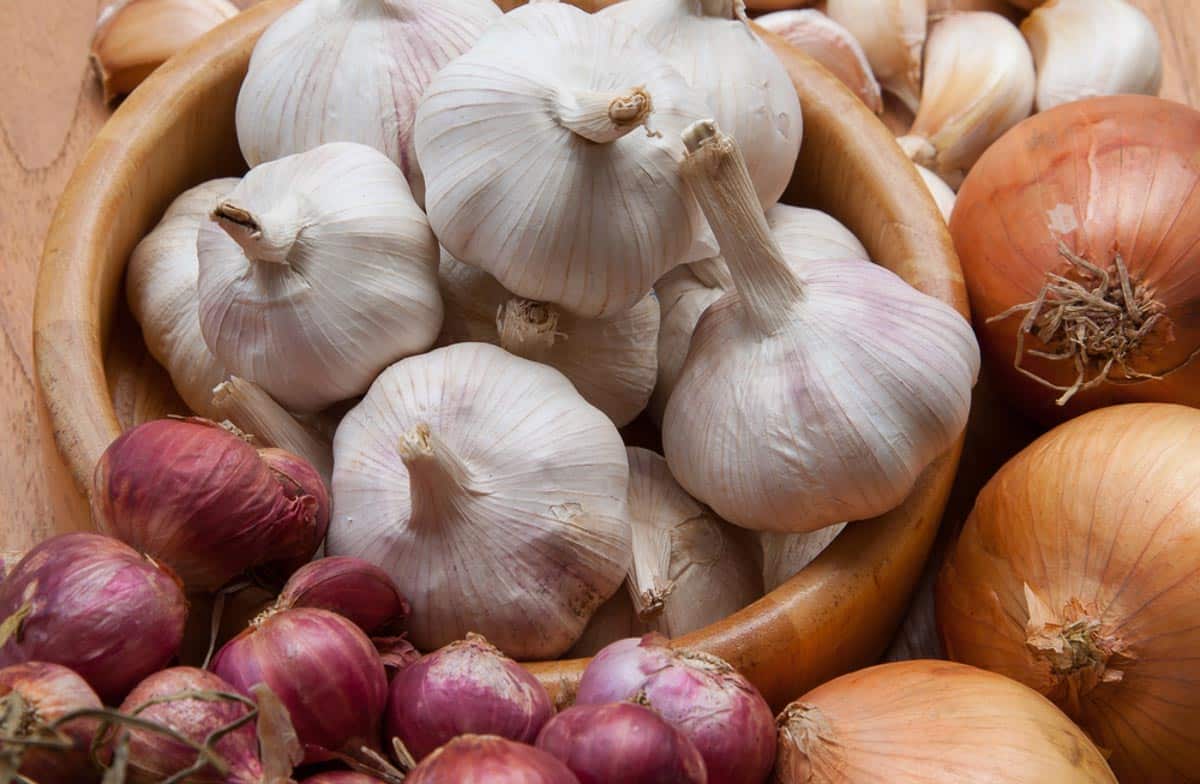
We know this sounds a bit technical, but it is an important point, and we will explain why. Garlic and onion are in many of our favorite recipes, and they are in many prepared foods. Unfortunately, garlic and onion contain fructans, which are the FODMAP that statistically trigger the most IBS symptoms. Fortunately, fructans are water soluble. Why is this important to you?
Because this allows us to infuse our foods with garlic and onion flavor, leaving the FODMAPs behind.
To make garlic or onion infused oil, you can take chopped up garlic and/or onion and heat it gently in 100% oil. As long as all the garlic and/or onion are removed before any other ingredients enter into the recipe, you will be left with garlic and/or onion-rich, infused oil. (PS: we think we have the best oil-infused recipe, and it has been reviewed and approved by Monash University).
Adding flavoring to oil is not an infusion, although it does yield an oil “infused” with flavor. It is the true infusion technique thank assures a low FODMAP result.
By the way, our recipe shows you how to properly infuse oil with flavor. The great majority of prepared products on the market that call themselves “infused”, are not infused at all; they are flavored, which is different, and some people have negative digestive reactions to the flavorings used.
The confusion stems from the fact that you can call something “infused” if it is flavored, but technically the process to make it was not one of “infusion” from a culinary or technical perspective. Adding flavoring to oil is not an infusion, although it does yield an oil “infused” with flavor. It is the true infusion technique thank assures a low FODMAP result.
You can read more in our article, Not All Low FODMAP Garlic-Infused Oil is Created Equal.
10. The Low FODMAP Diet Can Be Varied & Delicious!
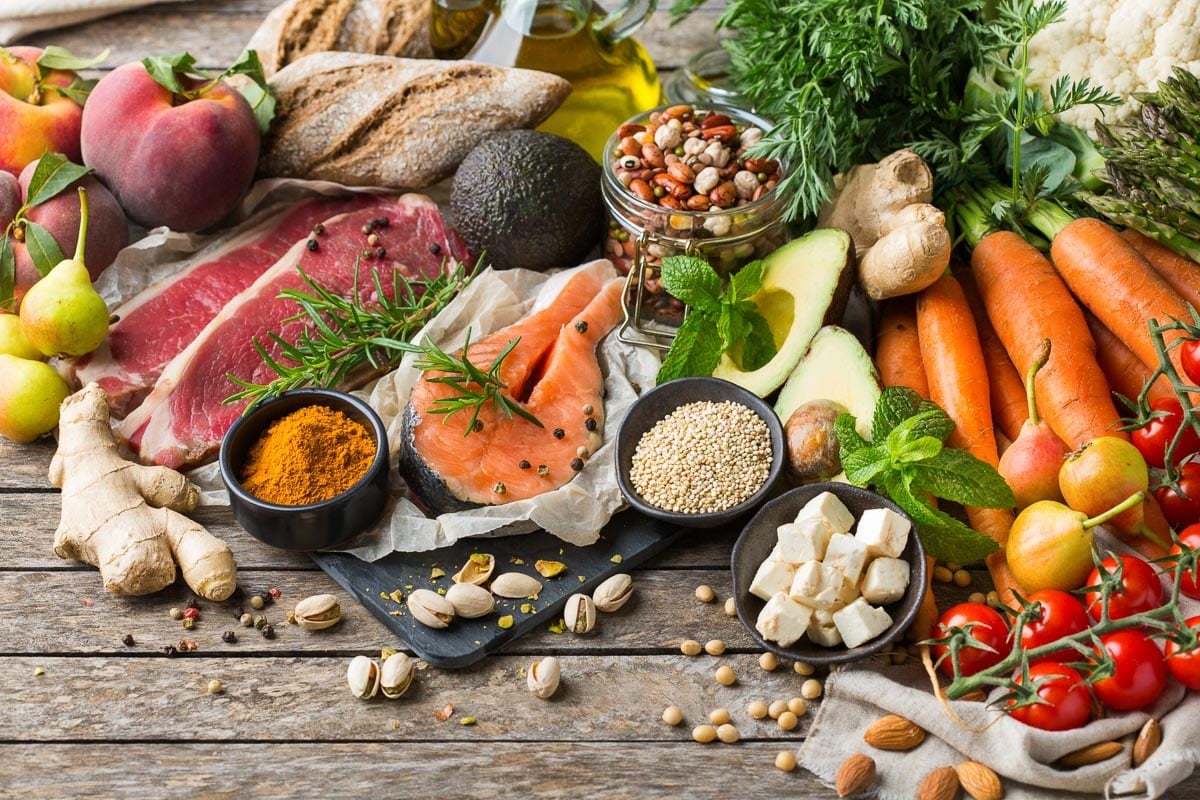
The low FODMAP diet does not have to be boring or bland, and we think our 1000+ recipes prove just that! We have roasts and pastas, soups and birthday cakes, muffins and cupcakes, salads, party dishes – even recipes to create for your favorite holiday.
We know when people first encounter the diet and see lists of high FODMAP foods, they panic and think this is near impossible, but we are here to tell you that it is not only possible, but that you can eat well and feel better than you possibly have in years! It is all about following the diet in a structured way, with a RD who will tailor it correctly for your needs.
We are here to help you at FODMAP Everyday®. We have over 500 articles written for you by Monash University trained dietitians (in addition to all those recipes) that will help you along the way. We know you CAN get better!
Sign up for our Newsletter so that you never miss a new article or recipe!

